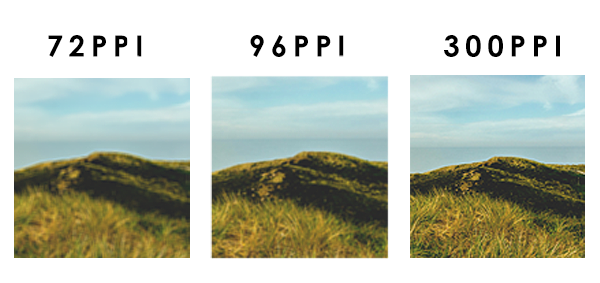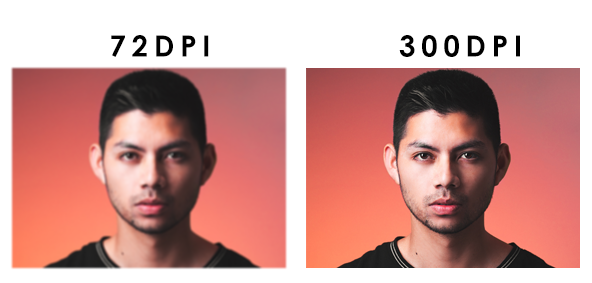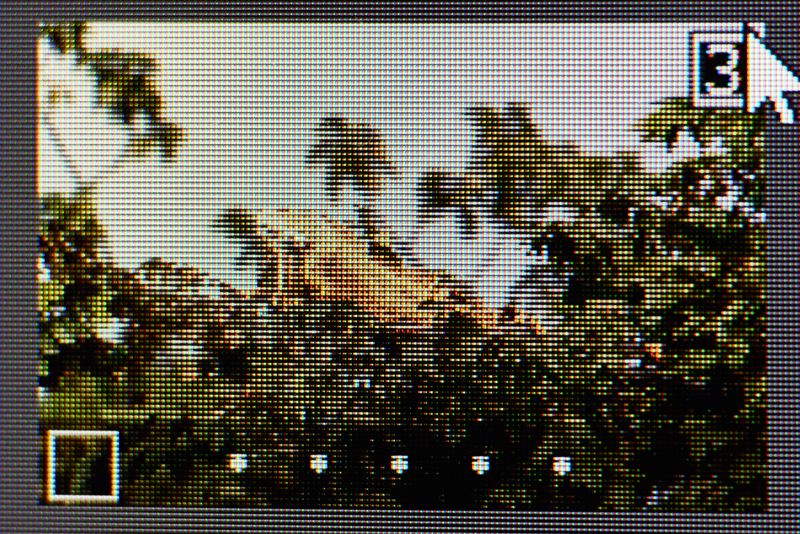
This logo isn't an ad or affiliate link. It's an organization that shares in our mission, and empowered the authors to share their insights in Byte form.
Rumie vets Bytes for compliance with our
Standards.
The organization is responsible for the completeness and reliability of the content.
Learn more
about how Rumie works with partners.
Meet Kayla.
She just came back from Hawaii, where she took a lot of amazing pictures.

Kayla's a talented photographer with a great eye for photography, but things tend to get a little blurry when printing her work.
Ever wondered why your digital images look great on screen but not so great when printed?
Knowing when to use PPI vs DPI will ensure your images always look their best!
What are PPI and DPI?
The number of pixels (PPI) or dots (DPI) is what makes up an image. It's important to understand the difference when working with both digital and print media.
How PPI vs DPI Affect Image Quality
 Image made in Canva by the author
Image made in Canva by the author
Higher PPI will produce more crisp and detailed images for digital images.
 Image made in Canva by the author
Image made in Canva by the author
A higher DPI will result in richer images.

Although you might think increasing the PPI and DPI will result in a better image, it's not necessarily true. It's important to balance both the PPI and DPI for your images.
Using PPI vs DPI in Digital Media
First, to determine the PPI and DPI of a digital image, think about how you'll use it.
Using PPI vs DPI in Print Media
When it's time to print the design, your image PPI and DPI should be high enough to produce clear, sharp prints.
Typically, a DPI of around 300 is suggested for printing. However, simply increasing the PPI of an image won't necessarily improve the print quality.
If the printer can't produce a high enough DPI, the extra pixels in the image won't be printed, resulting in a blurry or pixelated image.
Consider:
Quiz
Which is more important for printing high-quality images?
DPI is important for printing high-quality prints because it refers to the number of dots per inch in an image. The higher the DPI, the more dots per inch, resulting in a higher resolution and clearer image. Laser printers typically require a lower DPI than inkjet printers, while inkjet printers need a higher DPI for optimal detail. Check your printer's manual or manufacturer's website for their recommended DPI settings.
Common Misconceptions and Mistakes with PPI vs DPI

"DPI and PPI are the same thing." ❌
DPI (dots per inch) refers to the number of ink dots that a printer can produce in a given area, while PPI is the number of pixels that an image contains in a given area.

"The higher the PPI, the better the image quality." ❌
This is only sometimes the case, as it depends on the size of the image and the intended use.
 "The resolution of an image can affect the file size." ❌
"The resolution of an image can affect the file size." ❌
When you increase the height and width of an image, you increase the number of pixels in the image. Since the resolution remains constant, the number of pixels per inch remains the same. Increasing the number of pixels in the image increases only the storage size, not the resolution.

"Always make high-resolution images for print." ❌
Quiz
What is the standard DPI for printing?
300 DPI strikes a balance between resolution and file size. At 300 DPI, images are high-quality enough to appear sharp and detailed but not so high that it takes up too much space on your device. Additionally, 300 DPI is great for printing out text that's easy to read and clear.
Take Action
Knowing the difference between PPI vs DPI will help you create awesome images and photos!
 Photo by Soragrit Wongsa on Unsplash
Photo by Soragrit Wongsa on UnsplashThis Byte has been authored by
Zulma Calderon
Instructional Designer




